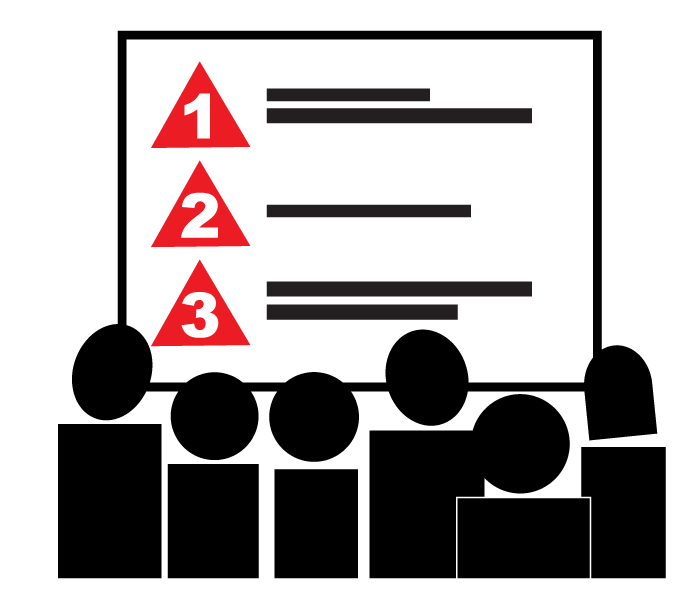
When we talk about the details of the customer lifecycle, it is essential to consider the entire business lifecycle. The customer lifecycle begins with the company business plan, the foundation for establishing business goals, timelines, and short- and longer-term strategies.
You have a business plan, of course. But when was the last time the executive leadership team reviewed details of the plan? We all know that the plan should represent the current and future state of the business. In response to the pandemic, many companies have evolved driven by business continuity plans (BCP) to remain sustainable. Your BCP may be masquerading as the new business plan and strategy.
Did the evolution of your business – in response to the pandemic – create new opportunities and force a new operational model? If so, it is time to pause, evaluate and recalibrate the company business plan for clarity and purpose. Look at the current state of market dynamics, re-confirm your target market and customers’ expectations, and evaluate products and services. Review the supporting business operations model. Evaluate the plan to determine if it supports continued growth and enhances stakeholder value. The short- and longer-term business strategy should support the future desired state of the business.
Evaluate changes to your customer portfolio
Discuss customer portfolio changes with your business relationship management team and review customer trends. To support a successful customer lifecycle, the business plan should address evolving customer expectations and define projected and desired changes in the customer portfolio.
Are new customer acquisition, retention, and revenue growth on track to achieve revenue and profits in current and future years? Modifications to customer relationship management may be necessary to ensure customer retention and profitable growth. Changes in technology and product requirements can impact operations, implementation processes, timelines, and profits.
Review the operations model for efficiencies
Market dynamics and evolving client expectations impact business functions. Document changes in competition and highlight new industry standards that affect operations and product development.
Have you created new products and services and discontinued others? If so, these changes can impact the functions of the business.
Are business unit verticals under executive leadership working together across the organization to retain and enhance customer relationships? Explore departmental co-dependencies for collaboration and timely deliverables.
Is the current state of business operations functioning well or better today compared to the pre-pandemic state? Address necessary changes in the business plan. Review marketing, sales, operations, and technology to ensure any updates support profitable growth goals short-and longer-term.
Ensure clarity of purpose and direction
It is important to communicate changes in the business plan and establish revised metrics across the organization. Discuss the recalibrated business plan and its strategy roadmap with staff to eliminate ambiguity, drive continued growth and enhance stakeholder value.
Alignment of the sales and marketing organization with the recalibrated business plan is critical for the success of customer lifecycle management. It sounds fundamental, but it’s not always easy. Executive leadership must enable the sales and marketing organization to move forward under the guidance of the newly revised business plan and strategic roadmap. It should align with the current and desired future state of the business.
Is the sales organization focused on understanding customers’ goals and expectations – and pursuing only those opportunities that align with the revised business plan? Clarity among staff as to the significance and purpose of their role is paramount to supporting the success of the business plan and customer lifecycle management.
If I asked random staff to tell me about your company’s business plan and how their positions support its success, would they be able to tell me? Do they understand the goals and metrics used by the company and its customers to measure the success of customer relationships? Can staff articulate customers’ business needs and how your company helps customers achieve their business goals today and in the future?
The business plan
Three powerful words that establish the foundation for client lifecycle management. The business plan. Clarity and success of the business plan begin with leadership.
It’s about you!
